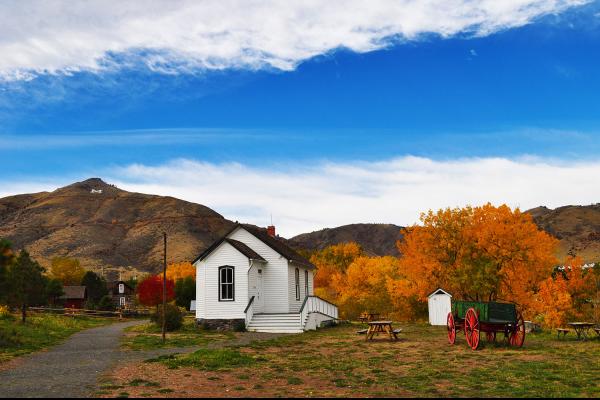Water Flowing Like Time: Clear Creek Colorado
Clear Creek is a tributary of the South Platte River in North Central Colorado. It’s approximately 66 miles (106km) long and flows through Clear Creek Canyon in the Rocky Mountains, directly west of Denver. The history of Clear Creek is rich and varied, with many different peoples having stamped their culture on the surrounding area for hundreds of years.
Today, locals and visitors to the region alike enjoy world-class recreation activities on Clear Creek, including white water rafting, fishing, and hiking.
History of Clear Creek:
Long before Europeans explored the Rocky Mountains in search of gold and furs, the Ute Native Americans spent the warm summer months among the high peaks and valleys of clear creek, hunting for elk, dear and other game.
The harsh winters in the high mountains made year round habitation impossible and when the seasons changed, the Ute’s retreated to lower elevations where survival was somewhat easier. Although they never settled permanently in Clear Creek, the Ute’s left their mark on the region with names like Uncompahgre, Sawatch, and Kinnikinnick.
The first Europeans to explore Clear Creek and the surrounding area were Spanish conquistadors, arriving as early as the 1700’s. Like the Ute’s, the conquistadors did not settle in the upper reaches of Clear Creek Canyon. However, there are mountains, streams and towns in the area that still bear their names: Cache la Poudre, Sangre de Cristo, San Carlos, Huerfano, and Alamosa.
French fur trappers migrating from Canada followed in the early 1830’s with hunters from Stephen H. Long’s expedition giving Clear Creek its original name: Cannonball Creek, after the round river rocks they found in its bed. It was renamed Vasquez Fork, or Vasquez River, soon thereafter for the fur trader Louis Vasquez.
By the mid-19th century, the first English-speaking pioneers had traveled up Clear Creek Canyon west of what then called Denver City. They were lured by the promise of wealth; inspired by the forty-niners who had struck it rich mining in the rivers and foothills of California.
In January 1859 a prospector named George Jackson discovered gold in the Spanish Bar District along Chicago Creek, which is near modern-day Idaho Sprigs. Once the word of Jackson’s discoveries got out, hundreds of prospectors soon followed and began digging in Vasquez River. It was around this time that the river was renamed Clear Creek, the name it holds to the present day.
It’s not just prospectors who were drawn to Clear Creek; legendary mountain man Jim Baker built a cabin with a guard tower on the creek in 1873 and lived there until his death in 1898.
Clear Creek Today:
Although fur trade has long since vanished and the gold has been mined out, Clear Creek is still a great place for people visit. Many come to ride the world-class rapids cascading from its steep and narrow banks. Its close proximity to Denver and low congestion makes it a great option for rafters at all experience levels.
Clear Creek is also a favorite with hikers, offering them the chance to view deer, beavers, bighorn sheep, or even the occasional bear or mountain lion!
This article was written by Ryan Hooper for Rocky Mountain Whitewater Rafting, a rafting guide with over 15 years experience, in 2009. Rocky Mountain Whitewater Rafting has guided thousands of whitewater rafting trips on Clear Creek and throughout Colorado.

